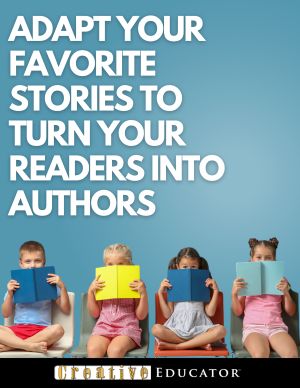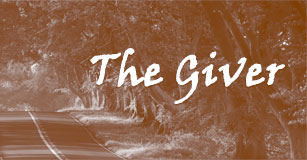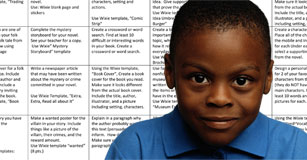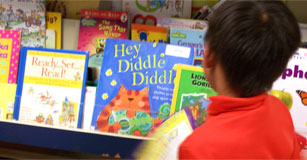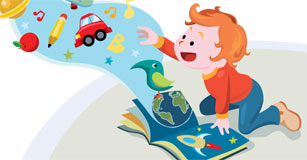Help Every Student be an Author
Inspire young authors with creative tools
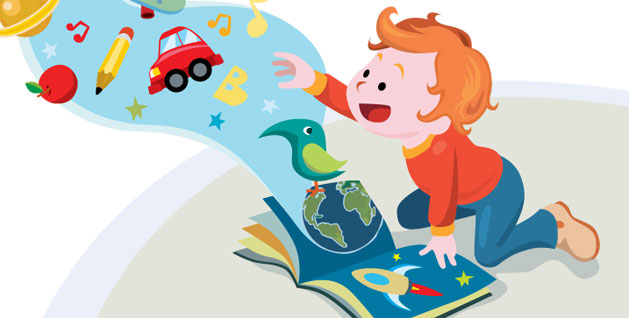
Can every student be an author? You bet! Whether they’re just starting to write or are already accomplished writers, the motivation to write better and write more grows exponentially with the promise of a published product. Luckily, your students don’t have to wait for a publishing house to come calling. Today's creative software tools, like Wixie, make it easy for students to publish original works of literature.
As adults, we seem to shy away from things with blank pages, whether in a journal, a notebook, or on a computer screen. The blankness requires us to provide the input and our first response is “What do I do now?” Kids, on the other hand, view the blankness as an opportunity—no rules, no numbered sequences, just a vast area to explore, create, and show us what they really know and understand.
Your first decision when creating a book is whether the finished product will be a class book, where each member or group contributes a page or a section, or a book with individual authorship. Individual books can use the same rubric and instructions for each student. You can make desired content and length decisions based on your time and instructional requirements. Class books will necessitate a division of labor and topics, and more time for collaboration. Here are a few of my favorite projects.
A-B-C Books
You can use an ABC book for learning and reinforcing the sounds of the alphabet, of course. Beyond that, alphabet books are a great way to reinforce vocabulary for any science or social studies concept and a great way to further explore a chapter book. For example, after studying the ocean and marine habitat, each student in my class created a letter page explaining one topic we had covered in the unit.
Adapt Your Favorite Book
If your class has a favorite book, especially those with a repeating pattern, challenge your students to come up with their own variations (Some of Linda’s favorite literature titles for student adaptation). You’ll notice that some emphasize particular parts of speech or a particular rhythm. Part of the challenge is in having students recognize the various aspects to determine how they can create their own. This is the fun of playing with language and is also a terrific activity for English Language Learners. As a class, students can generate lists of possibilities, so everyone has the opportunity to contribute to every page. It is also very important to credit the original author, which opens discussions about copyright, even at a young age.
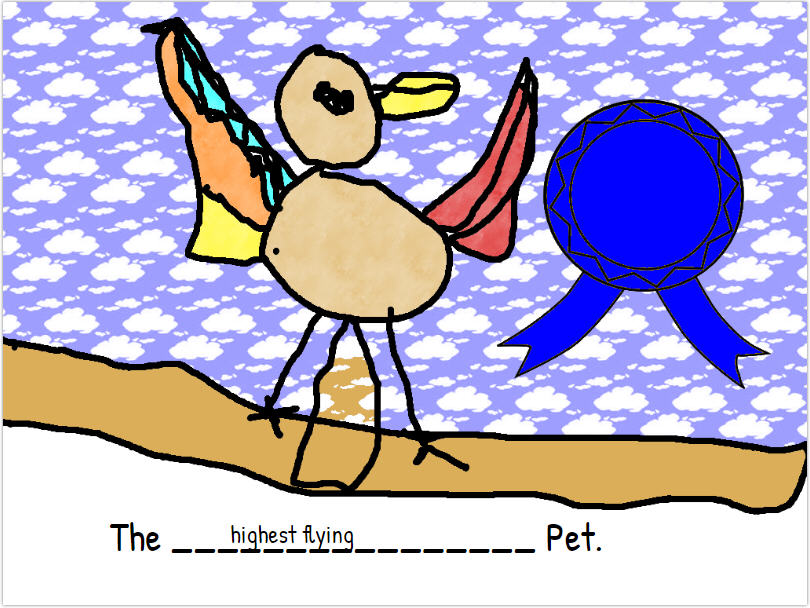
Life Isn’t All Fiction
Your classroom books can also be the culmination of nonfiction studies. Your students’ writing and illustrations will demonstrate the depth of their learning and show any gaps they may have in their knowledge. With very large topics, it will be necessary to split the content up between individuals or groups to ensure you cover all content standards for that topic.
Time to Take a Test
Perhaps your classroom or school uses a structured reading program such as Reading Counts (Scholastic) or Accelerated Reader (Renaissance). If so, you have the ability to write your own test questions for books, including books your class has written. It is unbelievably empowering for young authors to have a student earn points for reading his or her book! Just imagine the question “Who is the author of this book” and seeing his or her name on the screen along with Dr. Seuss and J. K. Rowling!
21st-Century Publishing
Today’s digital kids love publishing for an authentic audience. Publishing electronically gives the added dimension of sound. Many student apps, like Wixie, provide options for students to background music to set the mood and even record their own narration. Recording their own voices for their books is yet another way to motivate even the most reluctant learners. It also provides an excellent example of their reading fluency, perfect for a digital portfolio.
Let’s Print!
Even with all of the digital options out there, my students still enjoy creating printed publications. When students have written more than four pages, we have also cut the images out and placed them in 4 x 6 photo sleeves and bound them together into more formal books. To avoid using too much ink when their stories are really long, students print their stories as thumbnails—2 pictures to 1 printed page. Then, they cut out the pictures and share them in credit card sleeves and Altoid® tins!
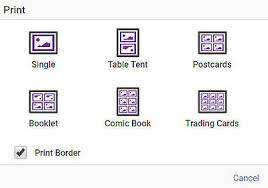
The trading card format produces a size that will fit into the sleeves used for baseball-card collectors. These sleeves act as lamination, making the books durable, so they can be used again the next year with a new group of students. Other ways of binding includes stapling, brass fasteners, plastic sheet protectors and binders, duct tape, electrical tape, yarn, and ribbon. More professional looking binding can be achieved with self-binding kits such as those available from Lintor Publishing or Bare Books.
A Book of Words
Before and during units of study, we generate class lists of writing words to be used both for spelling and inspiration. The word list is printed, and students can place it in their own vocabulary folders. I share an ocean example as an introduction to guide words. My students need to place this page in the correct place in their folders, a good practice for the use of guide words. We also create single-page illustrations and definitions for new vocabulary words and then print them as trading cards.
By having your students write, illustrate, and publish their own books, you can tap into their innate desire for recognition as they learn to connect to literature, play with language, and beam with pride at their accomplishments.


